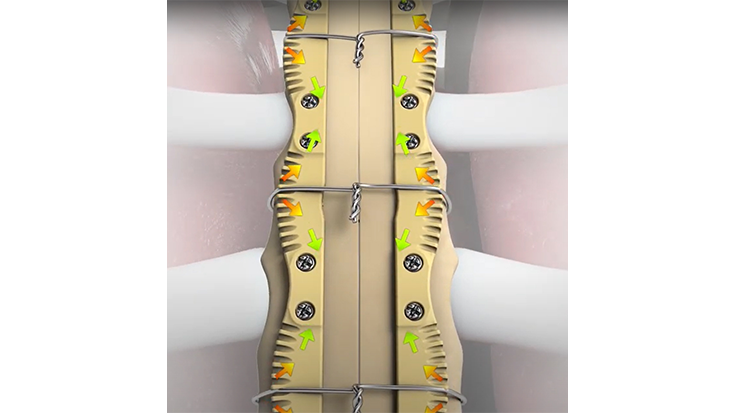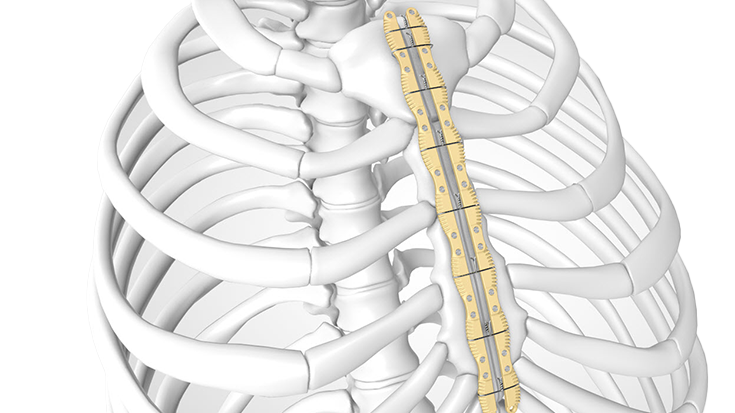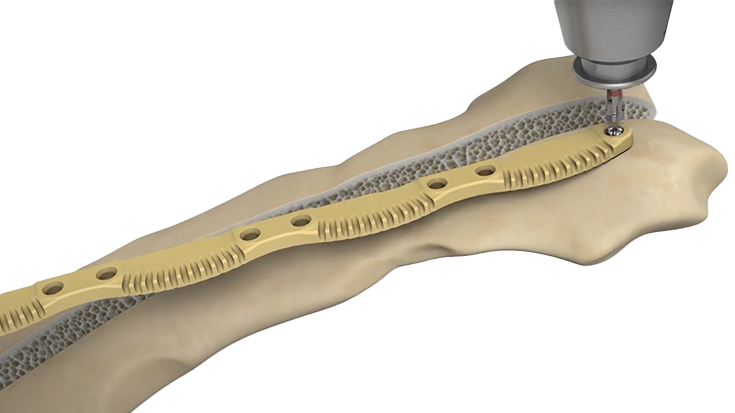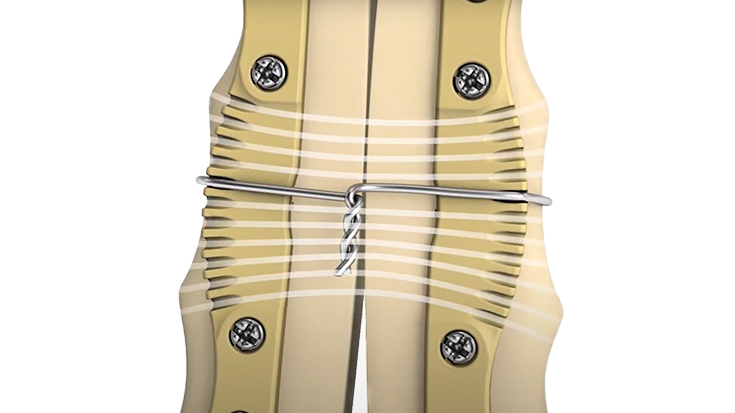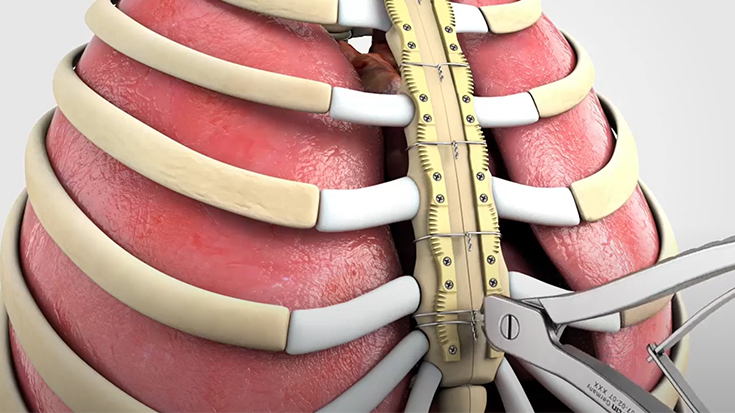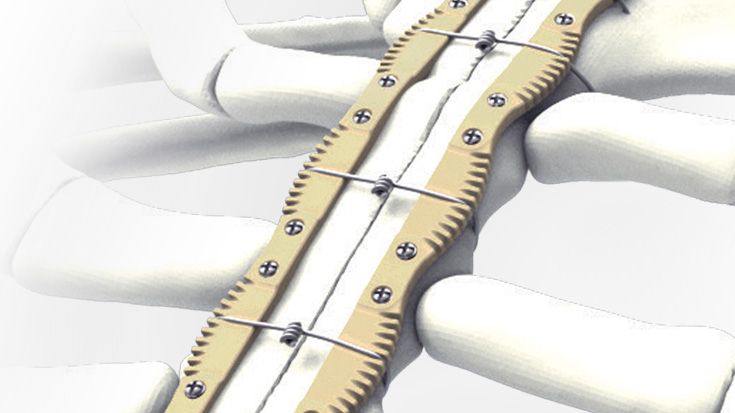Longitudinal Sternal Stabilization (LSS)
Enhance standard wire closures with PEEK to reinforce the sternal halves and prevent wire pull-through.
In a clinical study, LSS has been shown to reduce length of stay, decrease deep sternal wound infections, and expedite sternal healing compared to standard wire closure.


